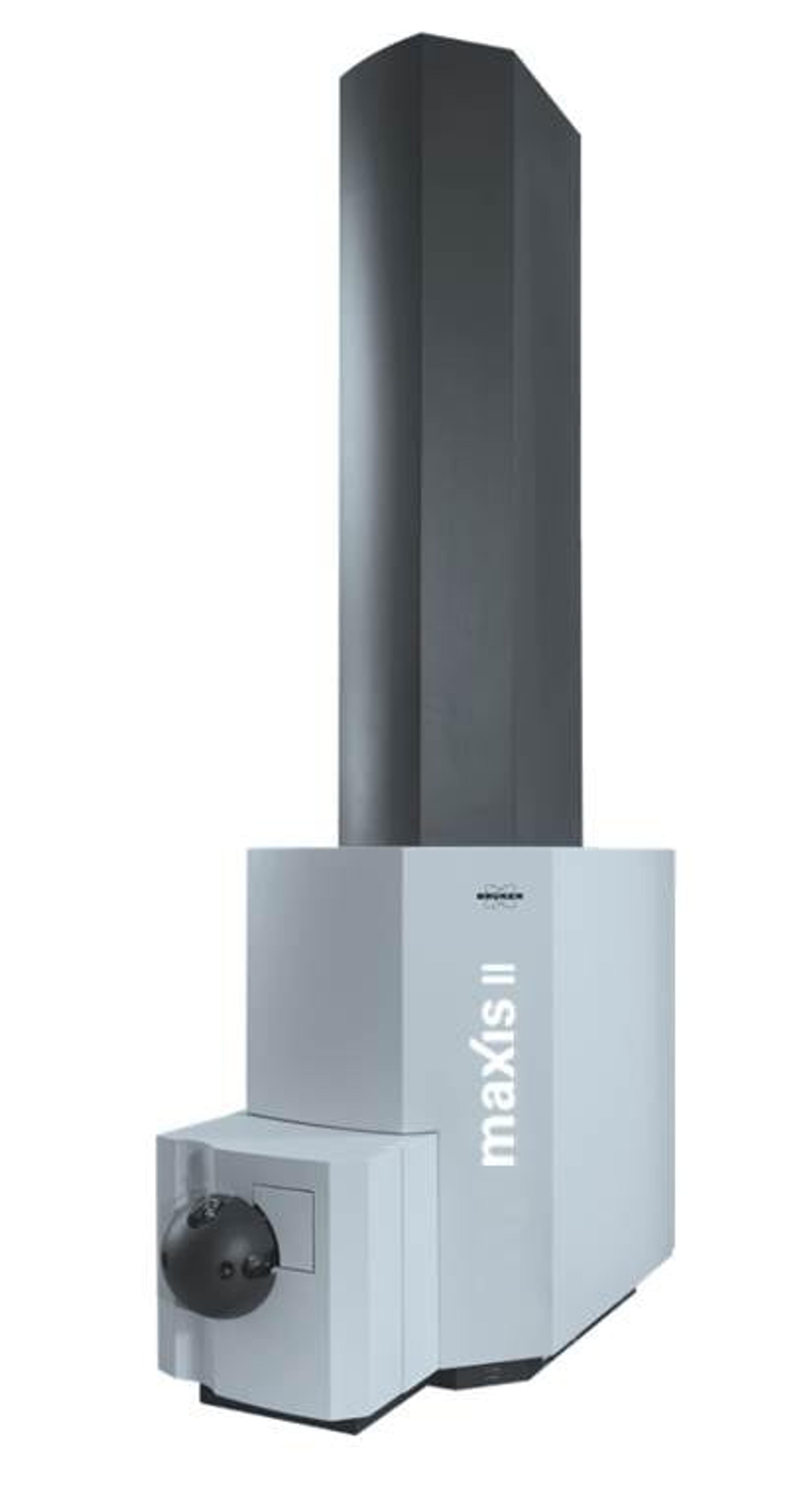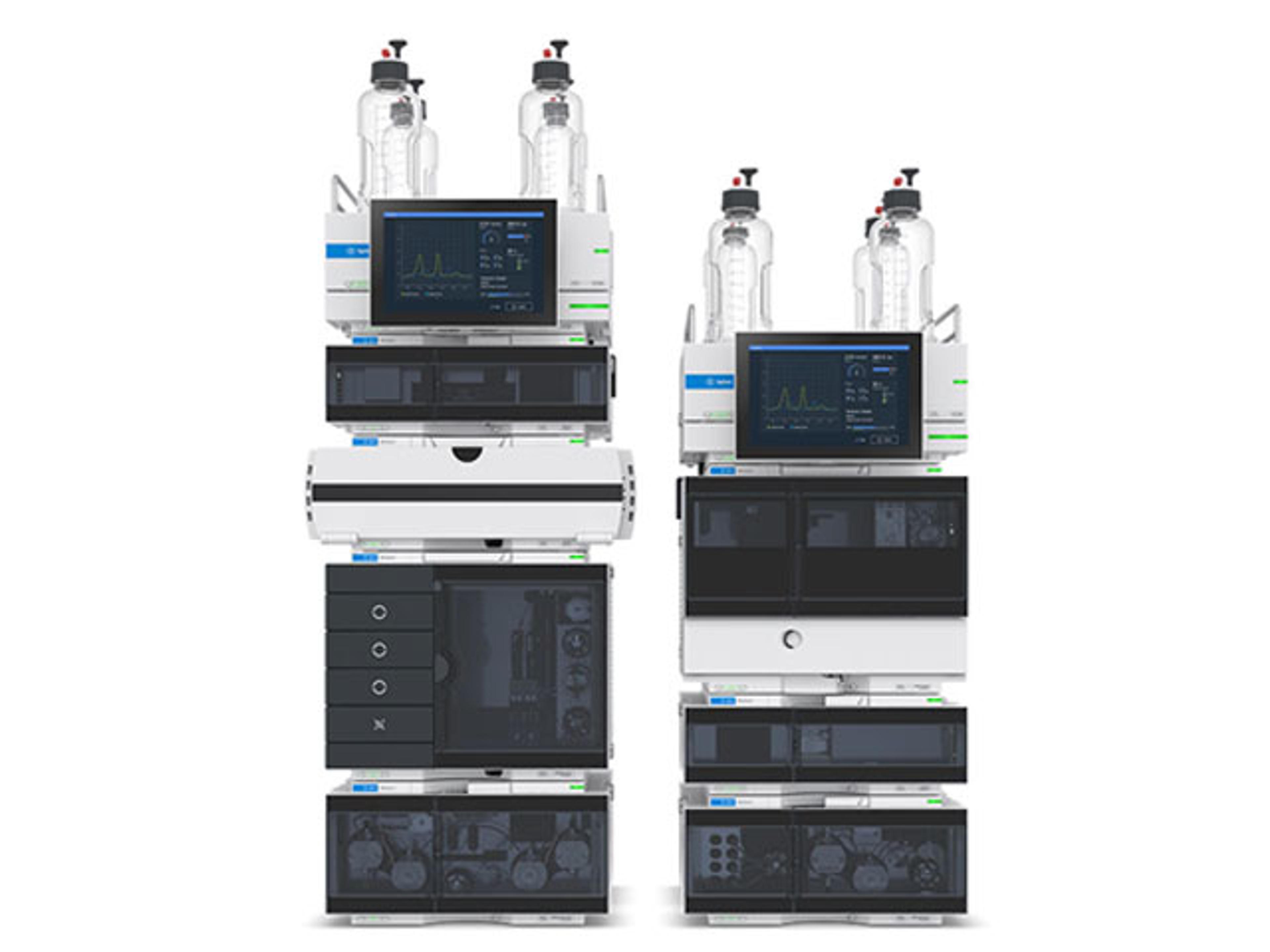The Resurgence of CombiChem Technologies
10 Nov 2014
The generation of large diverse libraries of new compounds from defined building blocks for screening, known as ‘combinatorial chemistry’, is a key part of the drug discovery process. Two recent studies in Nature Chemistry provide examples of 'modern combichem' and describe the products and techniques used to combine the features of natural product biosynthesis into the creation of compound libraries.
Both methods described in these papers rely on minimal purification of their compound mixtures, and do not separate the compounds produced before assaying them for activity. Both combinatorial systems have a mechanism to determine which compounds in the assay mixture are active, without the need for separation. This is very important for downstream processing and scale-up.
Synthetic fermentation
The paper, by Yi-Lin Huang and Jeffrey Bode, describes how amide-forming ligation chemistry, described as ‘synthetic fermentation’, can be adapted to combinatorial ends for drug discovery. It demonstrates the preparation of a 6,000-member library from 23 simple precursors using several medicinal chemistry techniques. The ease of running these catalytic reactions without enzymes, allows for defined mixtures of compounds to be produced well-by-well in a screening plate for use directly in downstream screening processes. With the use of these techniques and the many different starting materials available, a library as large as 30,000 compounds could be produced greatly increasing the number of possible products for screening.
Reaction pathways
The other paper, from George Karageorgis, Stuart Warriner and Adam Nelson, uses deliberate variations in reaction pathways, exploiting the multiple reactivity of a natural α-diazo amide group. Different reaction conditions, created by using different concentrations of the starting material, produced a range of structures, and as in the amide ligation work, defined mixtures are produced in each well of a screening plate. This is another example of classic medicinal chemistry driving on compound activity, but this process combines combinatorial reaction discovery with ligand discovery.
Medicinal chemistry
In both papers, the medicinal chemistry techniques are similar. Thin layer chromatography and flash layer chromatography were performed on SiliCycle SiliaFlash® F60 (40-63 µm, 60 Å). NMR Spectra of the compounds was measured using Bruker Biospin Avance or Bruker Biospin AV spectrophotometers. High-resolution mass spectra and MS/MS spectra were measured using the Bruker Daltonics maXis ESI-QTOF or Bruker SolariX ESI/MALDI-FTICR. Analytical LC/MS was performed on a Dionex UltiMate 3000 RSLC or Agilent 1200 series LC system.
A combination of these two aqueous, no-workup combinatorial chemistry methodologies, using discretely analyzed and ordered compounds that can be sent down different synthetic pathways by varying the reaction conditions, is the perfect set-up to complement automated drug discovery.
References
Nature Chemistry, doi:10.1038/nchem.2074
Nature Chemistry, doi:10.1038/nchem.2034
Nature Chemistry, doi:10.1038/nchem.2048




